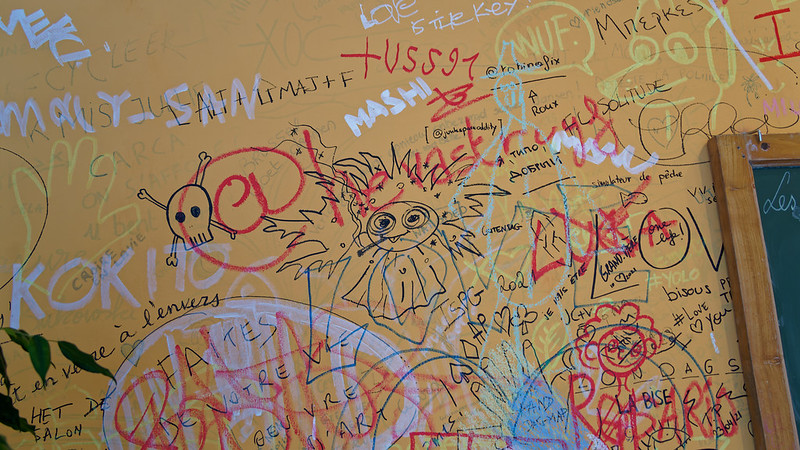Studies evaluate if watching action movies leads children to demonstrate violent tendencies.
Public discussions concerning the link between action film exposure and youth violent tendencies remain vital due to extensive child media availability in the present era. Educational figures together with parents and policymakers commonly fear violent media exposure causes children to display increased real-life aggression. Studies demonstrate that violent content found in action films bears little influence on children’s behavior compared to their upbringing environment and social settings along with inherent personality traits. We should create teaching methods to develop critical thinking and media responsibility rather than placing responsibility on action films.
Studies frequently employ the explanation that children will reproduce content from action films as one of the main reasons to support the idea that action features encourage violence. Through his Bobo Doll experiment psychologist Albert Bandura proved that children who watched aggressive conduct often imitated those actions. Researchers conduct this study to prove the assertion that violent media content activates aggressive behaviors in children. Researchers challenge the validity of the Bobo Doll study because the experiment happened in an artificial laboratory setting that gently pushed the children to repeat observed actions. Real-life circumstances differ from fiction due to their enhanced complexity because children generally identify the distinctions between what is real and fictional. Based on extensive research from the American Psychological Association (APA) scholars discovered that violent media can briefly affect how people think about aggression yet scientists have not established definitive proof that exposure to violent content creates persistent violent conduct.
The behavioral development of children depends heavily on their parental oversight together with their social atmosphere rather than what they watch in action films. Studies demonstrate that children who experience stable family environments together with social support will not show violent behaviors regardless of watching violent media. Children develop better proficiency to differentiate between real and fictional violence when parents teach them about media through explanations that lead to understanding reality consequences. Children who participate in open discussions with their parents about media violence develop fewer aggressive behaviors than children who view these types of content without parental involvement as proven by a Pediatrics study.
Research shows that the relationship between action movies and youth violence is weak because other key variables like peer pressure and economic status together with mental well-being play crucial roles. The National Institute of Mental Health (NIMH) indicates that children tend to become aggressive due to elements from their environment including bullying situations along with domestic violence incidents and genuine criminal events instead of viewing fictional media content. The low occurrence of violent crimes in Japan and South Korea illustrates that nations with both extensive media consumption and effective social assistance networks remain safe despite their broad media exposure. Media consumption by children shows no direct link to violent behavior because violence arises from societal structures.
Critics maintain that violent content in action films does not cause direct violence in children but it may cause them to become less sensitive to violence. Excessive viewing of violent imagery poses the risk that children will mature to accept aggressive behavior in regular situations. Evidence suggests that media literacy courses prove effective in fighting the potential effects of media exposure on violence acceptance. A Media Education Lab study discovered that media literacy instruction teaches children to identify misleading violence in media thus making them avoid what is unrealistic. Blocking action films from children’s viewing should not be the solution since parents and educators should focus on teaching children how to understand what they watch on screen.
The better solution for managing action films would combine child violence education with teaching appropriate viewing measures because censorship fails to address the problem. Parents should utilize media platforms to start meaningful discussions rather than treating them as purely recreational activities. Schools must establish learning programs on media literacy to teach students how they can evaluate and evaluate content from movies and television shows. Our commitment to develop children’s critical thinking abilities combined with emotional intelligence will help them maintain a positive media relationship even when we refrain from using restrictive censorship efforts.
The claim that action films result in child violence lacks sufficient complexity to explain this multifaceted issue. Research foundations confirm that aggressive thought spikes induced by violent media exposure last only briefly but parenting, social conditions and personal elements create substantial behavioral influence throughout life. Action movies deserve no blame as we should focus our efforts on teaching children media literacy while helping them grasp actual violence effects. This practice gives them the ability to think critically about content rather than simply act as mindless receivers of media information.







Recent Comments